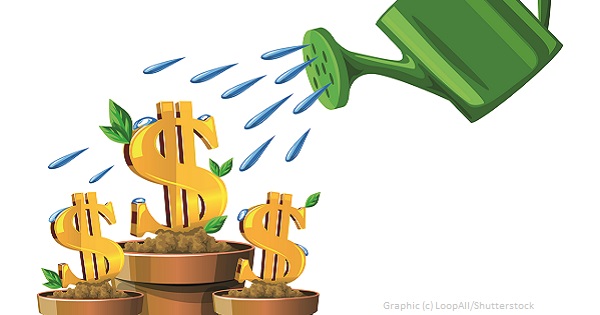|

It's Not About Growth:
Alternative Economic Indicators Measure the Quality of Life
by Wendy Priesnitz
Traditionally, a country’s economic health and well-being is measured by something called the Gross Domestic Product (GDP) or its cousin, the Gross National Product (GNP). The media eagerly report the number on a monthly basis and its rise or fall is used as an indicator of how well things are progressing or not. A recession, for instance, is defined as two consecutive quarters of negative GDP growth.
But GDP is really just a measure of national spending with no distinctions made between transactions that add to well-being and those that diminish it. As long as money changes hands, the GDP increases.
The fact that this indicator is based upon economic growth is not surprising. The collection of the statistics underlying GDP and GNP, which is called the System of National Accounts (SNA), was created in the United States in the 1930s to kick start the economy out of the Great Depression by maximizing production and consumption of manufactured goods in a wartime economy.
Seventy-some years later, however, the GDP’s faith in unbridled growth and efficiency is not as useful. Our current worldwide economic and environmental crises suggest that we need a new definition of progress and a new way of accounting for the costs generated by economic activity. For instance, under the GDP, environmental pollution ends up being a positive because it creates economic activity – and is even counted positively twice: once when it’s created and again when it’s cleaned up. And the result of that pollution, which is often illness such as cancer, also ends up on the plus side of the ledger because it, too, creates economic activity.
Another area that isn't accounted for in the GDP method of measurement is unpaid care-giving work in the home, which is often performed by women, either on a full-time basis or before and after time spent at a paid job. This includes billions of dollars worth of housework, child-care (and education in the case of unschoolers), and homecare of the sick, disabled and elderly. Because this work is unpaid, it – like all other so-called "volunteer" work – is invisible to our public accountants. Shouldn’t a true set of indicators adjust for factors such as the value of household and volunteer work, which are invisible in the GDP because no money changes hands?
In order to paint a more accurate picture of what life is like in our families and our communities, a number of alternative economic indicators are being developed by progressives around the world. A think tank called Redefining Progress, founded in California in 1994, puts it this way: “We believe that progress is not measured by the quantity of goods we consume, how fast our economy is growing or how much financial wealth is being amassed. We believe progress is measured by how well we equitably distribute wealth, income and access to cultural amenities; diversify and stabilize our economic base; protect and restore native ecosystems; and advance social, economic, and environmental sustainability.”
So Redefining Progress created the Genuine Progress Indicator (GPI) as an alternative to the GDP. The GPI enables policymakers to measure how well citizens are doing, based on economic, health, social and environmental factors. In effect, the GDP could be seen as gross profit of a company and the GPI as its net profit – or revenue minus the costs incurred. If the costs associated with our way of life were to equal the financial gains, the GPI would be zero.
A number of countries have used the GPI to recalculate their GDP. And in Canada, Nova Scotia and Alberta have pioneered its use provincially. In 2000, the National Roundtable on the Environment and the Economy began a three-year multi-stakeholder program aimed at developing a small set of indicators to track whether Canada’s economic activities threatened the way of life for future generations. The Environment and Sustainable Development Indicators (ESDI) Initiative marked the first time a federal finance minister acknowledged the need for such measures.
As increasing numbers of citizens understand that we need to account for the costs of economic growth, alternatives to the traditional GNP/GDP indicators are being created and used as tools to help us create well-being rather than borrow it from future generations...and to recognize the contributions of everyone in society to our collective well-being.
Learn More
If Women Counted by Marilyn Waring (Macmillan, 1989)
Alternative Economic Indicators by Victor Anderson (Routledge, 1991)
Redefining Progress
Quality of Life Index
Wendy Priesnitz is Natural Life magazine's co-founder and editor. She's also the author of 13 books and has over 40 years of experience as a writer, journalist, and broadcaster. Visit her website.
|

